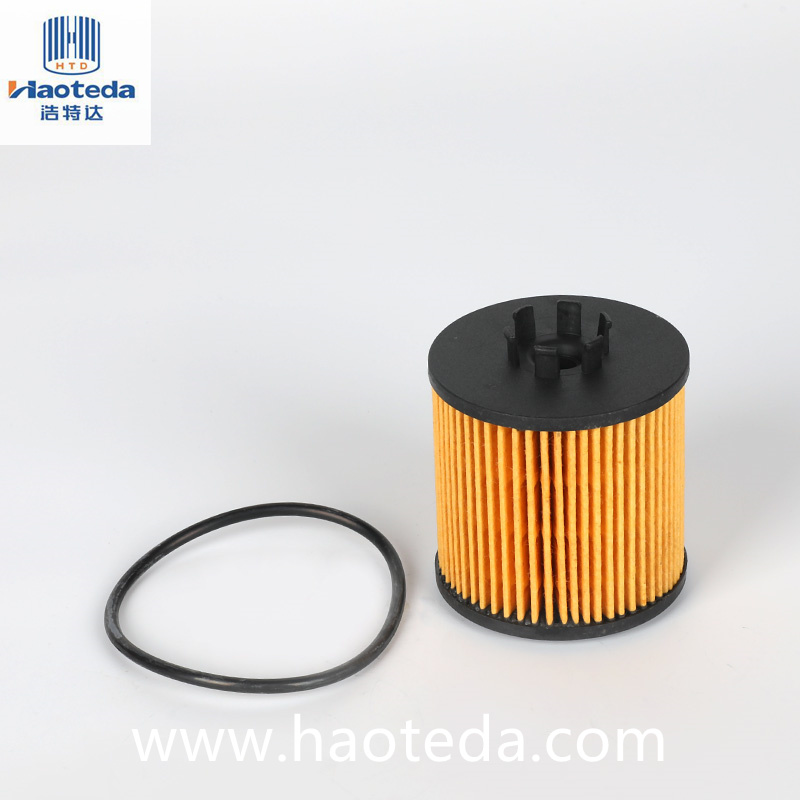When considering the effectiveness of paper element oil filters, one of the most important factors is how well they hold up against oils with varying characteristics—particularly those with high acidity or viscosity. A common misconception is that oil filter paper, being a relatively simple material, may not offer the durability required for harsh industrial or automotive environments. However, this couldn’t be further from the truth. The ability of the oil filter paper to resist these challenging conditions directly influences engine performance, longevity, and maintenance costs. So, does oil filter paper really stand up to oils with high acidity or viscosity? Let’s dive into the details.
Oil filter paper is typically made from a blend of cellulose fibers and, in some cases, synthetic fibers. This combination provides both filtration efficiency and durability. But how does it handle oils that are either highly acidic or thicker than usual, such as those used in heavy-duty machinery or in engines exposed to extreme conditions? The good news is that many modern oil filter papers are treated to enhance their resistance to chemical degradation. Acidity, in particular, is a concern for oils that are subject to breakdown over time due to heat or contamination, often leading to the formation of harmful acids. These acids can weaken the fibers in the filter paper, reducing its effectiveness. However, filter paper used in high-quality oil filters often undergoes specialized treatments that enhance its resistance to acid, ensuring that it maintains its strength and filtration capabilities over longer periods of time.
Viscosity, on the other hand, is related to the thickness of the oil. High-viscosity oils tend to be thicker and can strain the filtration system, requiring the paper to maintain its integrity under pressure. Oil filter papers designed for high-viscosity oils are often thicker or feature enhanced pleating to increase surface area, ensuring optimal oil flow without sacrificing filtration efficiency. The paper’s ability to maintain structural integrity under these challenging conditions is critical for ensuring that contaminants are effectively trapped while preventing clogging or rupturing of the filter material.

Moreover, the choice of fiber material used in the paper also plays a significant role. While traditional cellulose fibers are effective, many oil filters today incorporate synthetic fibers that are more resistant to both chemical degradation and temperature fluctuations. This makes the filter paper more versatile and capable of handling oils that are not only more acidic or viscous but also those that are subject to extreme conditions like high temperatures or exposure to contaminants.
Ultimately, the key to an oil filter's resistance to chemicals and oils with high acidity or viscosity lies in its design, material composition, and any additional treatments applied during production. So, if you are considering a paper element oil filter for your engine or machinery, rest assured that modern advances in filter paper technology have made it highly capable of withstanding harsh oils. This added durability means you can expect better engine protection, longer intervals between filter changes, and overall more efficient operation. Whether for automotive, industrial, or heavy-duty applications, selecting the right paper oil filter can make all the difference in extending the life of your equipment and ensuring smooth performance.
 English
English
 English
English Español
Español Français
Français
 +86-139-6774-0263
+86-139-6774-0263









